The Sennheiser HD600 (buy at Crutchfield) audiophile headphones have been available to music lovers and audio professionals for over 20 years. That type of longevity rarely exists in the fast-paced world of consumer electronics, where new products are released on a yearly, if not semiannual, basis. Because this headphone pair has been available for so long, it has become a benchmark standard for performance and quality in its particular price range. The HD600 has seen plenty of competition come and go over 20 years, but it’s still here—and selling. That can’t just be luck.
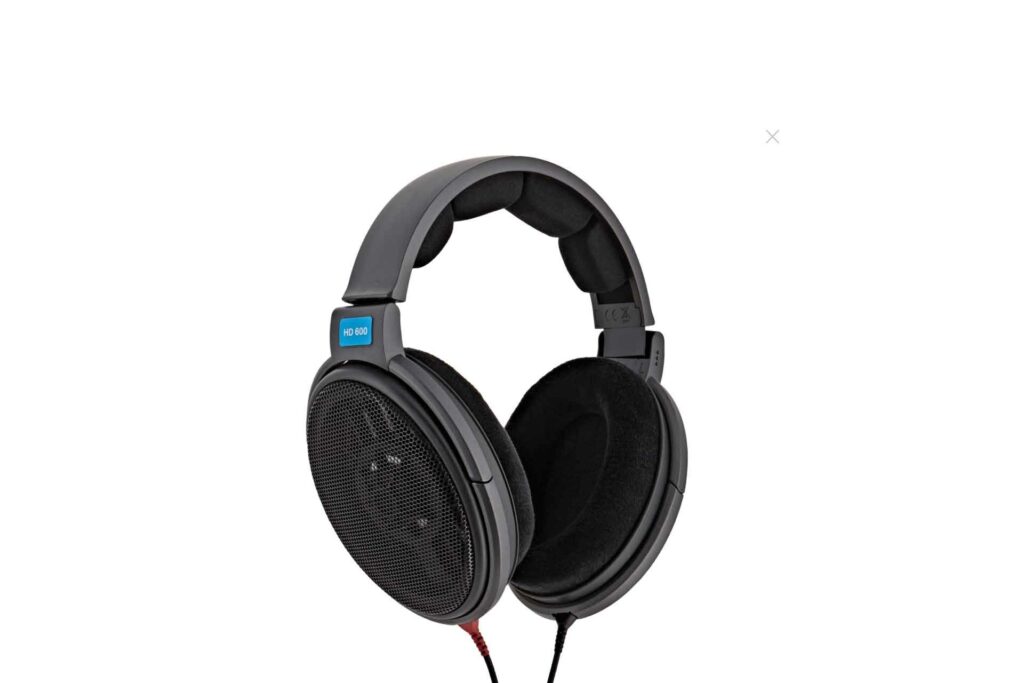
What Makes the Sennheiser HD600 Headphones Special?
- The Sennheiser HD600 is among the most open-backed of open-back headphones. The 42mm driver with its 38mm diaphragm has zero damping on the outside of its open back.
- The headphones are lightweight, at only 260 grams.
- With a 300-ohm impedance and 97-dB efficiency, the HD600 represents an easy load for a vast majority of headphone amplifiers.
- The HD600 was one of the first consumer headphone models to offer a removable, replaceable cable. You can find replacement cables, as well as earpads and headbands, via multiple sources. The HD600 ranks as one of the easiest-to-repair-at-home headphones ever made. If after 10 years a vital part breaks, chances are good that you can replace it.
- These headphones have a relatively neutral harmonic presentation that has made them a reference standard in many recording studios and mastering facilities. As with the Yamaha NS-10, if the mix doesn’t sound good through Sennheiser HD600, it probably won’t sound good through anything.
- Unlike many premium headphones where you have to hunt to figure out which is the right ear cup and which is the left, the HD600 has a red connector on the right side cable—so even at a distance, you can tell which side is which.
- The supplied three-meter cable is extremely flexible and easy to coil. It is also long enough so that a brief turn away from your desktop won’t result in the headphones being pulled off your head.
- Many headphones come with no adapter for a stereo mini connection, or they come with an entirely different cable with a mini-connection. The HD600 has a proprietary adapter built into its supplied cable—just pull off the main connector to reveal the smaller connector inside.
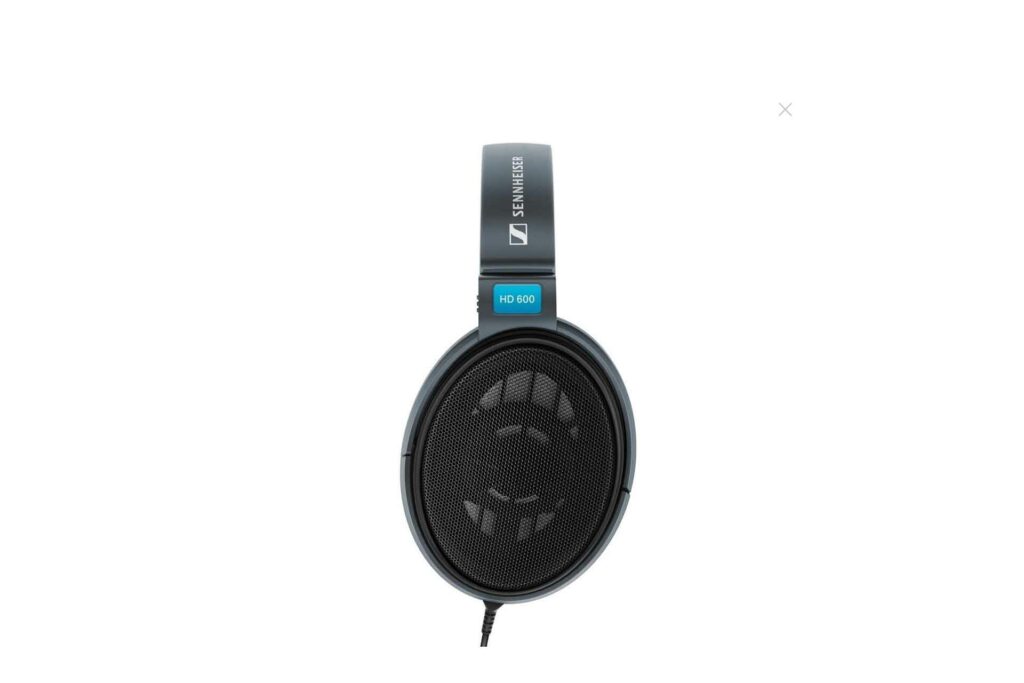
Why Should You Care About the Sennheiser HD600 Headphones?
If you are looking for a better-than-Bluetooth headphone experience, the Sennheiser HD600 is an affordable and time-tested treat. While I wouldn’t use these headphones in a noisy environment like an airplane or even a workplace (people can hear your music because of the open-back design), the HD600 is very good for late-night listening—it won’t wake up the spouse or kids while delivering one hell of an audiophile experience. It’s possible that these headphones might inspire you to become a headphone collector; it is, after all, one of the more attainable and fun categories in the audiophile hobby.
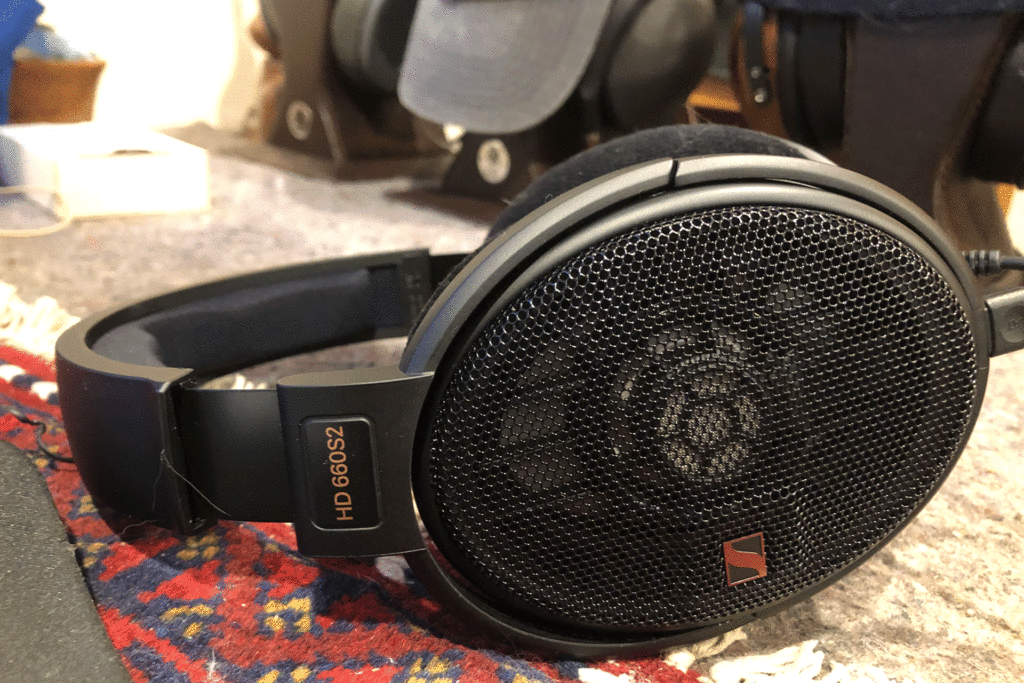
Some Things You Might Not Like About the Sennheiser HD600 Headphones
- While the supplied cable is replaceable, doing so is not a very user-friendly operation. In 20 years, I’ve replaced the cable twice. Both times involved quite a bit of strenuous tugging.
- While not uncomfortable when you first put the headphones on, the HD600’s clamping force can feel pretty tight after a couple of hours, especially if you have a larger-than-average cranium.
- The HD600 is constructed primarily of plastic parts. The only piece that is obviously metal is the headband spring.
- The headband adjustment system is a rather primitive click-stop system that can eventually fail. I’m on my third headband.
Listening to the Sennheiser HD600 Headphones
Dan Reeder is a unique musician who not only makes all his own instruments, but also does his own recording in his home studio. His version of Procol Harem’s “Whiter Shade of Pale” (the 44.1/16 version on Tidal) has an intimacy that sidles up and wraps around your ears like a comfortable, old sleeping bag. Want to hear a harmonica up close? It’s here. The gutty midrange and attack of his solo guitar was obvious and almost palpable through the HD600. Even the vocals had a slightly rough-hewn character that sounded very present and utterly authentic. Through the HD600, I could even hear the low-level noise of his home-based recording system.
Nicki Minaj’s “All Things Go” from the Tidal version of The Pinkprint (deluxe edition) sounded spectacular through the HD600. The low bass rumbled cleanly without sounding smeared or homogenized. Despite the big bass on the track, the midrange remained pleasantly uncolored. The background vocals were also easy to decipher, and I could easily hear the subtle soundstage details, such as when the lead vocal moved from its center position.
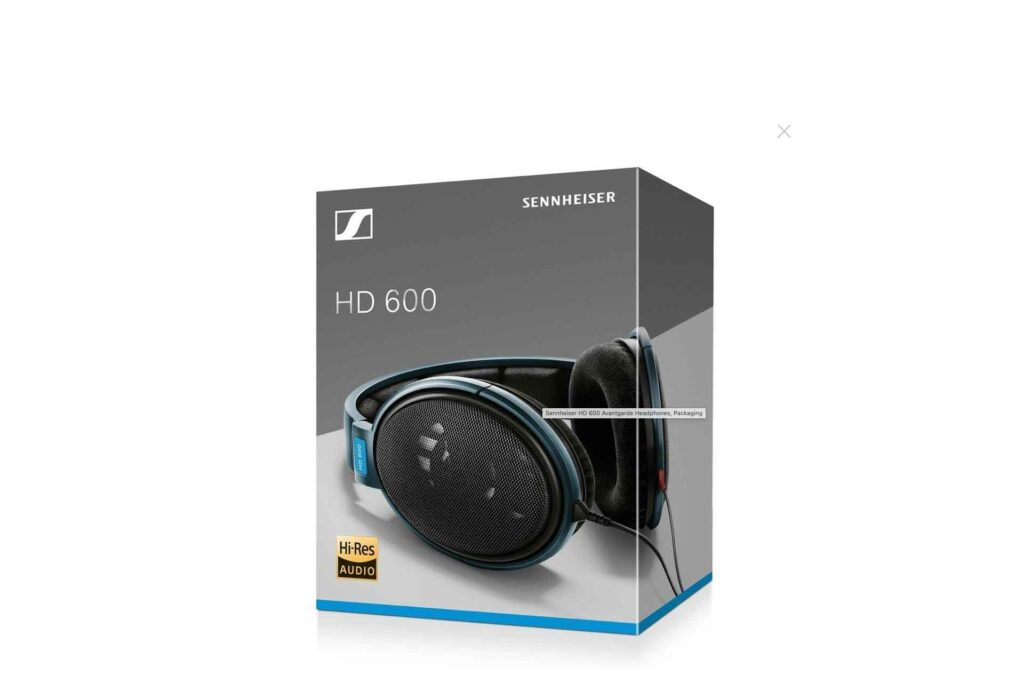
Do the Sennheiser HD600 Headphones Hold Their Value?
Yes. These headphones have been continuously available for over 20 freakin’ years! Sennheiser never discontinued them, which is something the company has done with plenty of other good headphones as they became long in the tooth. The Sennheiser HD600 is a true classic. Lots of people know about these headphones and want to own them. That is good for resale value.
Who Is the Competition for the Sennheiser HD600 Headphones?
If you look at Amazon’s headphone listings, you will discover over 300 different options priced between $300 and $500. For slightly more than $300 ($309 to be exact), the Meze 99 Classics headphones ($309) offer a replaceable cable and earpads and less clamping pressure, which makes them more comfortable for larger heads. This pair also has slightly better attenuation of outside noise.
The Focal Elegia ($399) has the slickest, most high-tech fit and finish of any competing headphone. But its fit may not be to your liking, and it has less attenuation of outside noise.
Another headphone pair worth considering is the KLH Ultimate One ($349). It has wooden cups and a sunny overall harmonic balance. But if you have larger ears, they may feel cramped by the Ultimate One’s smaller ear space.
Finally, there is the Apos Caspian wired audiophile headphones ($499 read the review). This pair costs a bit more, but it offers excellent sound and quality construction. However, you can’t try before you buy since it’s only available through Apos, an Internet retailer.
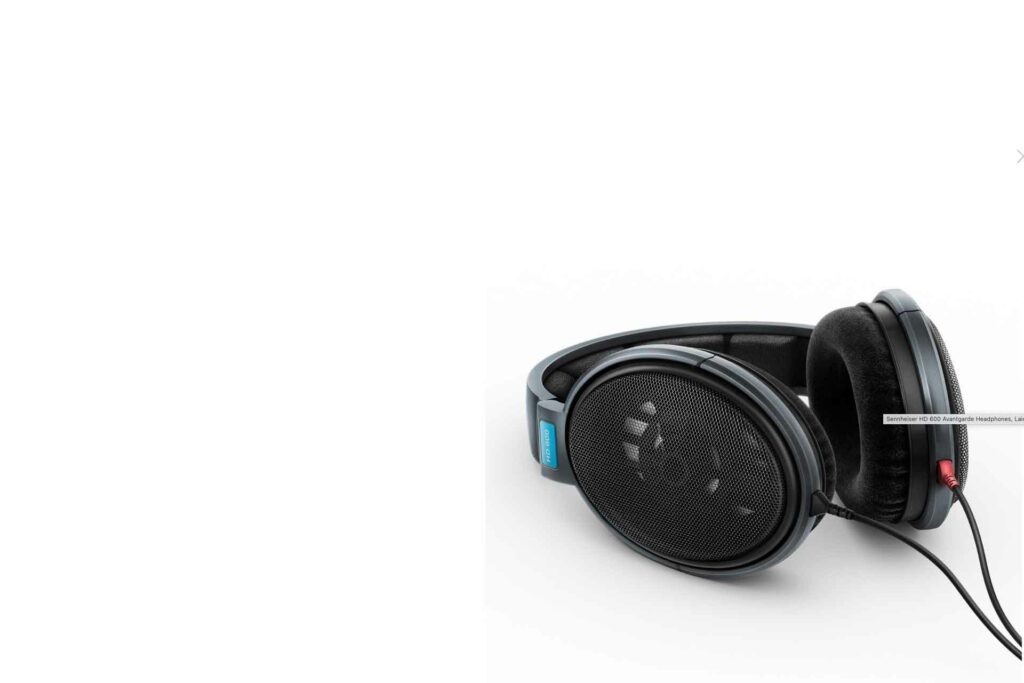
Final Thoughts on the Sennheiser HD600 Headphones
Since the Sennheiser HD600 has been available for such a long time, you’ll probably find more reviews of this pair than any other Sennheiser headphone. The vast majority of reviewers come to the same conclusion: The HD600 is a high-value headphone set that will satisfy many listeners looking for headphones in the $400 price range. While not possessing the most rugged construction or the most high-tech design, the HD600 continues to be a popular choice due to its sound, decent build quality, comfortable fit for most people, and easily replaceable parts.
Few headphone fans or reviewers would consider the HD600 to be an end-game headphone—one that is so good, it will never be bettered. But it does deliver a level of sonic and physical quality that can satisfy many a music fan. I have more expensive and exotic headphones in my ever-growing collection, but even after 20 years my pair of HD600 headphones sees regular use. If you want or need a pair of “workhorse” headphones, the HD600 fits the bill.




I’ve had HD580s for 25+ years. I’ve only had to replace the cables ($25). Does anyone know how the 600s compare with the 580s
Good news and thanks for commenting.
Steven might have some thoughts on the 580s vs. 600s. The 600s are LEGENDS. Not too expensive but a true industry standard.
Although the 580 was slightly newer, it has been discontinued, while the 600 is still in production. They are very similar. If you like your 580’s I see no reason to “upgrade” to the 600, but you might want to give the 650 a listen…
While I don’t use them often, I own a pair and couldn’t agree more with this review. They do everything well. And while some say they are too neutral, almost veiled, I disagree.
My 20+ yr old 600’s have been passed to my golden-eared adult daughter…somewhat in favor of the more “fun” huge soundstage and big bass of the Audeze LCD-3. But I recently moved onto the resplendent Meze Elite, combining the finesse and forgiveness of the soft-topped HD600 but with shockingly-neutral FR and natural soundstage. Perfect ref phones. Yet 600s are a no-brainer for affordable, comfortable, never-fatiguing, lightweight musicality. Glad they’ll stay in the family. The 600+g Audeze, only comfy when reclined in a leather lounge chair late at night, alas, will find a new home where sheer sound-staging excitement, but with a forgiving top octave, will be appreciated. I’ll miss their fun-factor.